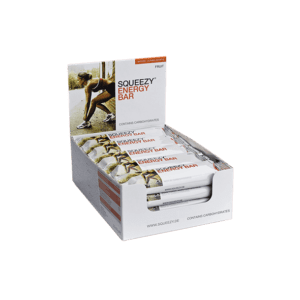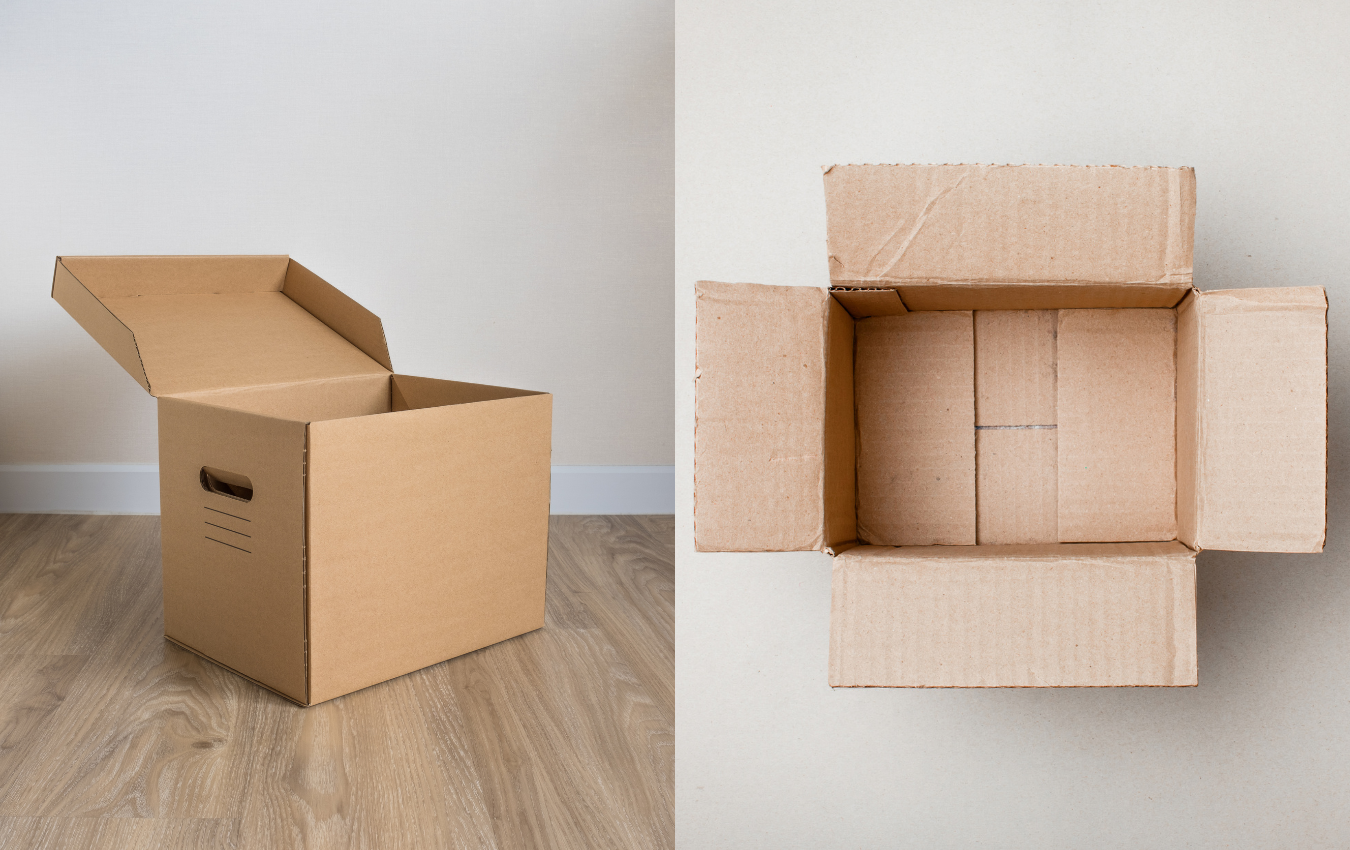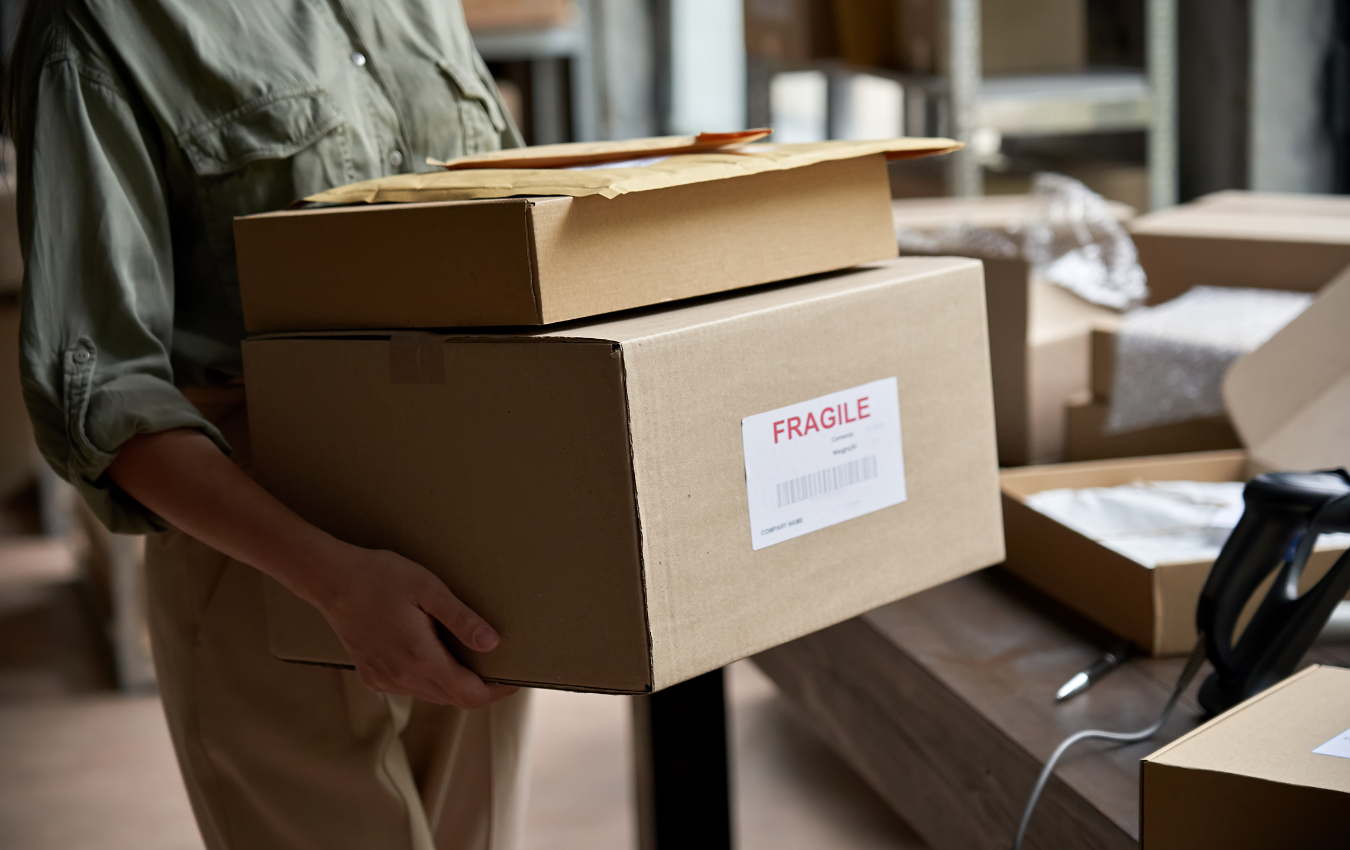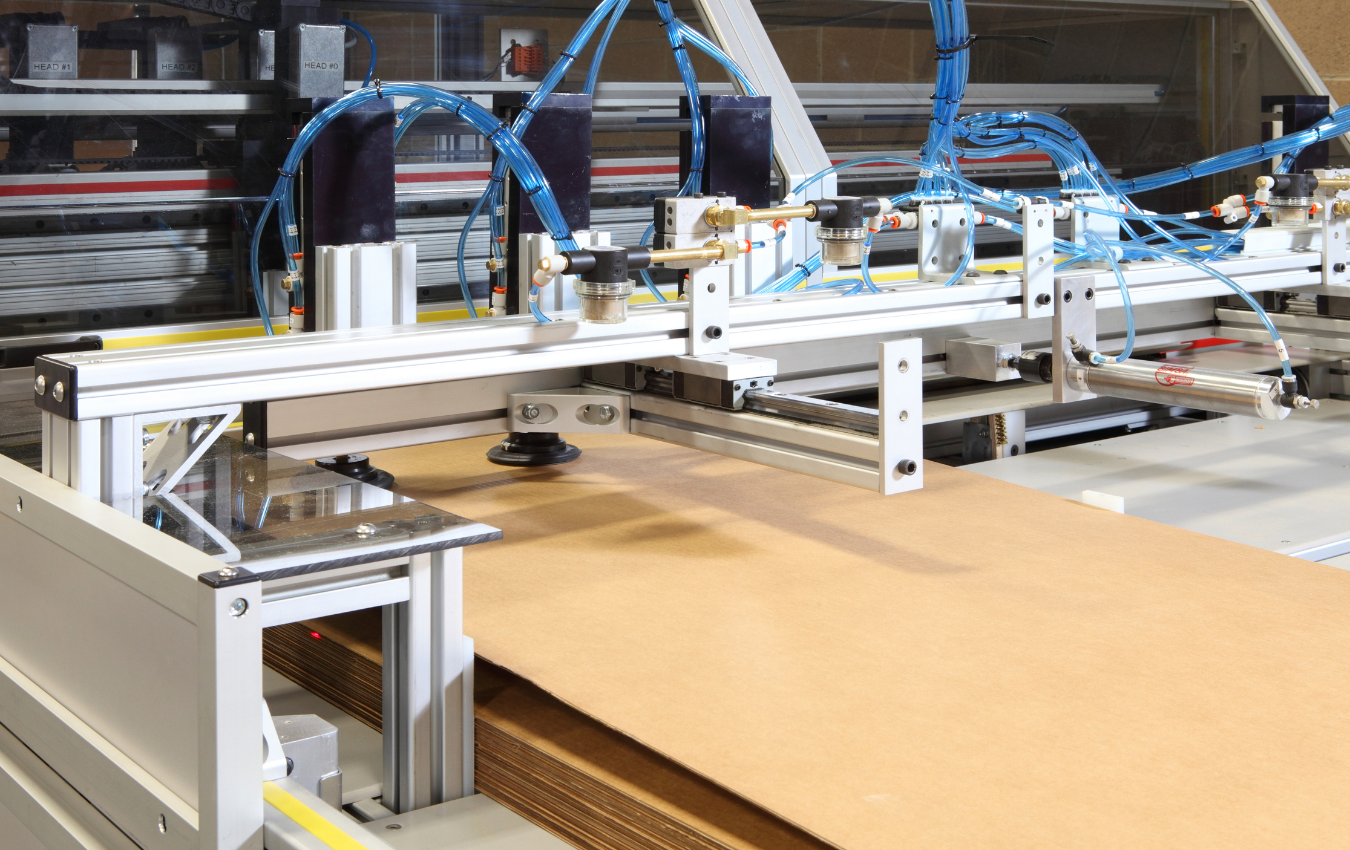Home » How to Limit the Impact of Tariffs on Your Packaging
How to Limit the Impact of Tariffs on Your Packaging
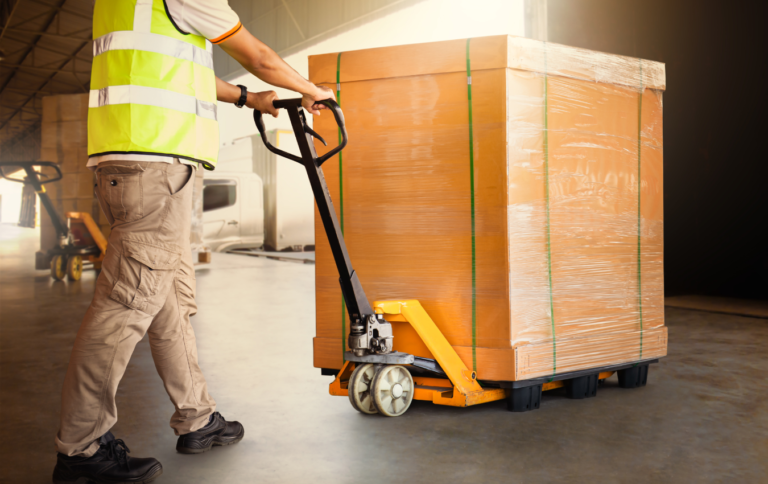
Tariffs can create significant challenges for packaging buyers, affecting costs, supply chains, and sourcing strategies. While tariffs are designed to promote domestic production, they often introduce complexities that impact businesses relying on imported materials. With thoughtful planning and strategic actions, packaging buyers can minimize these impacts and maintain operational efficiency.
Understanding the Impact of Tariffs on Packaging
Tariffs impose additional taxes on imported goods, driving up the costs of raw materials and finished packaging products. For the packaging industry, this includes commonly used materials such as corrugated cardboard, plastics, and metals. These added expenses often lead to higher procurement costs, supply chain adjustments, and increased administrative burdens.
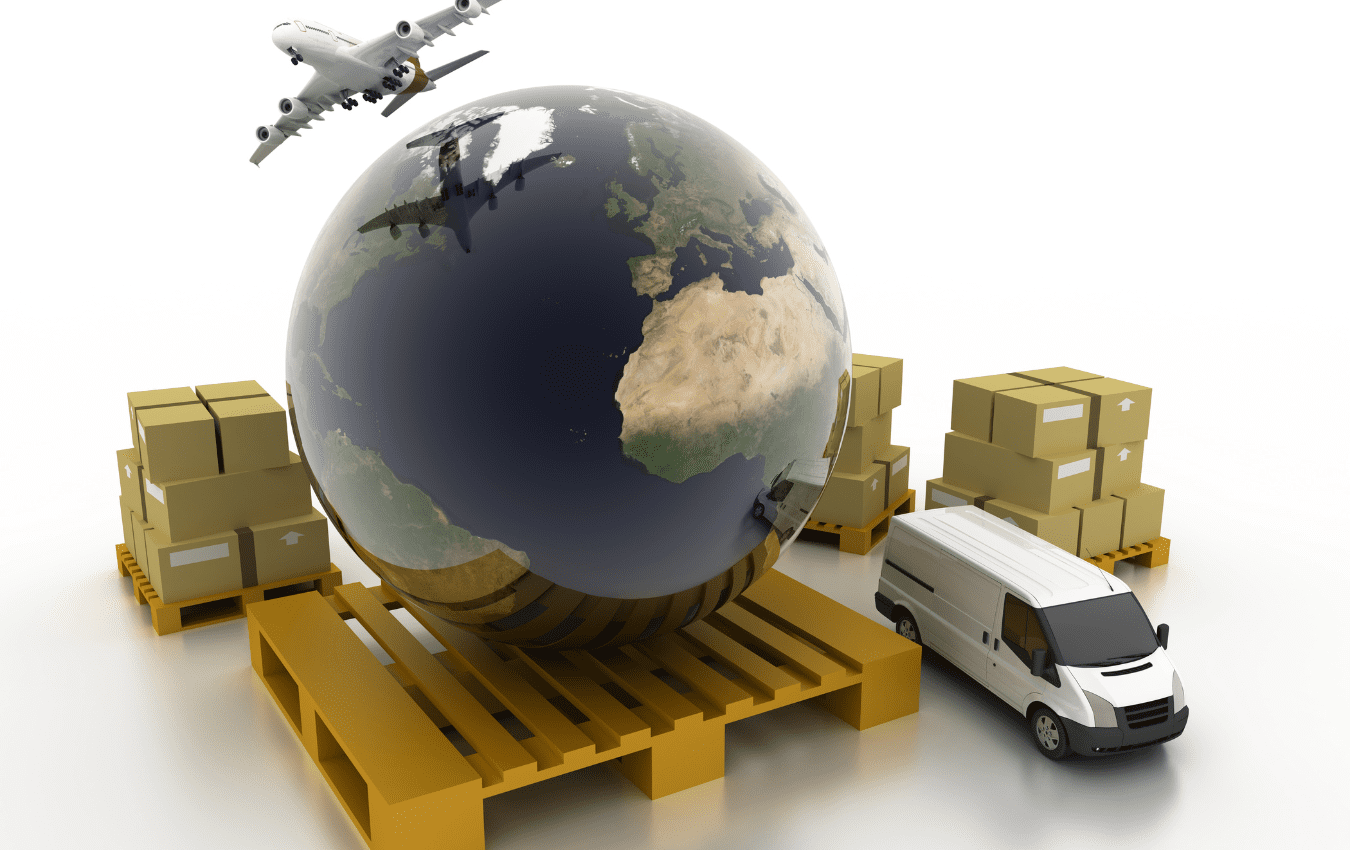
Strategies to Limit the Impact of Tariffs
Reevaluate Your Supply Chain
The first step to reducing the impact of tariffs is gaining a clear understanding of your current supply chain. Knowing where your materials and packaging products originate helps identify risks and areas for improvement.
Key Steps:
- Map out your supply chain to identify dependencies on imported goods.
- Identify tariff-affected materials and evaluate their contribution to your costs.
- Explore local or alternative suppliers to reduce reliance on imports.
Strengthen Relationships with Domestic Suppliers
With tariffs increasing the cost of imports, domestic sourcing becomes a more attractive option. Building strong partnerships with local suppliers can help secure reliable and affordable packaging.
Actionable Tips:
- Establish long-term contracts to lock in pricing and secure priority access.
- Collaborate with domestic manufacturers to explore custom solutions tailored to your needs.
- Consider working with regional distributors for quicker lead times and reduced shipping costs.
Diversify Your Supplier Base
Relying heavily on one supplier or region can expose your business to greater risks when tariffs are introduced. Diversifying your supplier network provides flexibility and reduces vulnerability.
Implementation Steps:
- Source from multiple domestic suppliers to mitigate potential shortages.
- Evaluate international suppliers in tariff-free regions for cost-effective alternatives.
- Work with packaging distributors who offer access to a variety of options.
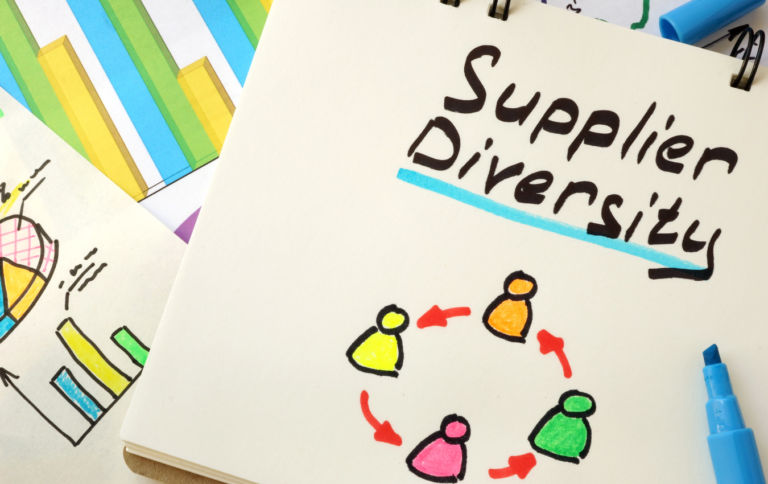
Optimize Packaging Design
Innovative packaging design can help reduce material usage and overall costs, minimizing the financial impact of tariffs.
Design Adjustments:
- Lightweighting: Use thinner or lighter materials to lower costs.
- Right-Sizing: Tailor box sizes to reduce material waste and shipping costs.
- Mono-Material Solutions: Simplify designs to use fewer or single types of materials.
Explore Alternative Materials
Switching to tariff-free or domestically sourced materials can provide significant savings.
Examples:
- Transition from virgin paperboard to recycled corrugated materials.
- Use kraft paper or mailers as cost-effective alternatives to plastic-based packaging.
- Evaluate the feasibility of biodegradable or compostable materials that align with sustainability goals.
Plan Ahead and Stockpile Strategically
Tariffs often lead to increased lead times, especially as demand for domestic suppliers grows. Proactive planning ensures you’re prepared for potential disruptions.
Practical Steps:
- Forecast demand to order packaging materials in advance of tariff changes.
- Stockpile critical materials with long shelf lives to avoid shortages.
- Develop an inventory management system to balance stock levels and avoid overstocking.
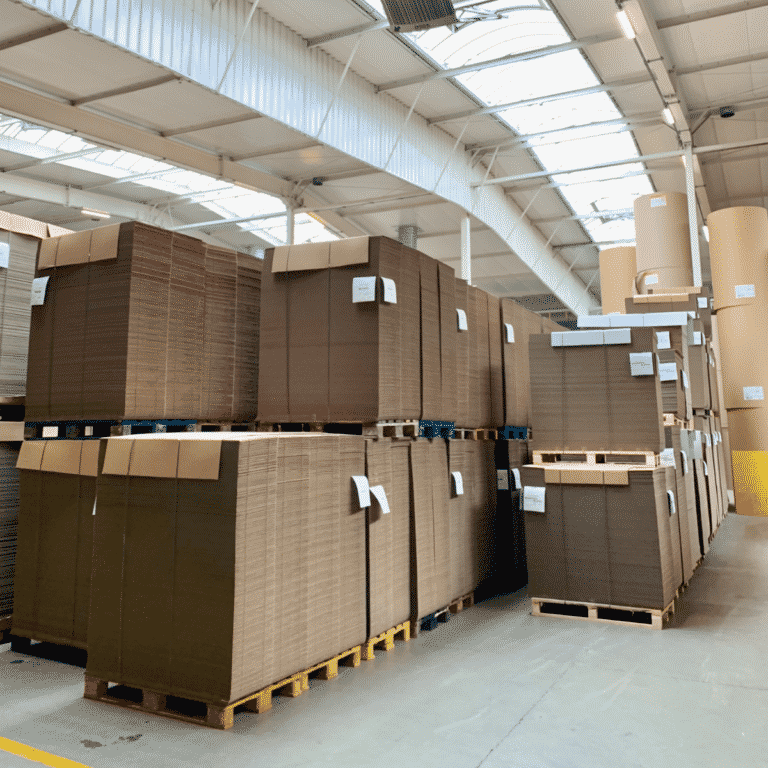
Negotiate Pricing and Payment Terms
Work with your suppliers to manage tariff-related cost increases effectively.
Negotiation Tips:
- Request volume discounts for bulk orders.
- Negotiate extended payment terms to ease cash flow pressures.
- Explore opportunities for bundled services to reduce overall costs.
Leverage Technology for Supply Chain Efficiency
Investing in technology can improve decision-making and streamline procurement processes, helping mitigate the administrative burden of tariffs.
Recommended Tools:
- Supply Chain Management Software: Monitor supplier performance and optimize sourcing strategies.
- Tariff Calculators: Assess the impact of tariffs on your materials and products.
- Inventory Management Systems: Improve forecasting accuracy and avoid last-minute purchases.
Long-Term Benefits of Adapting to Tariffs
While tariffs can create short-term challenges, they also encourage businesses to adopt resilient and innovative strategies. By optimizing supply chains, exploring sustainable options, and strengthening relationships with domestic suppliers, packaging buyers can position themselves for long-term success.
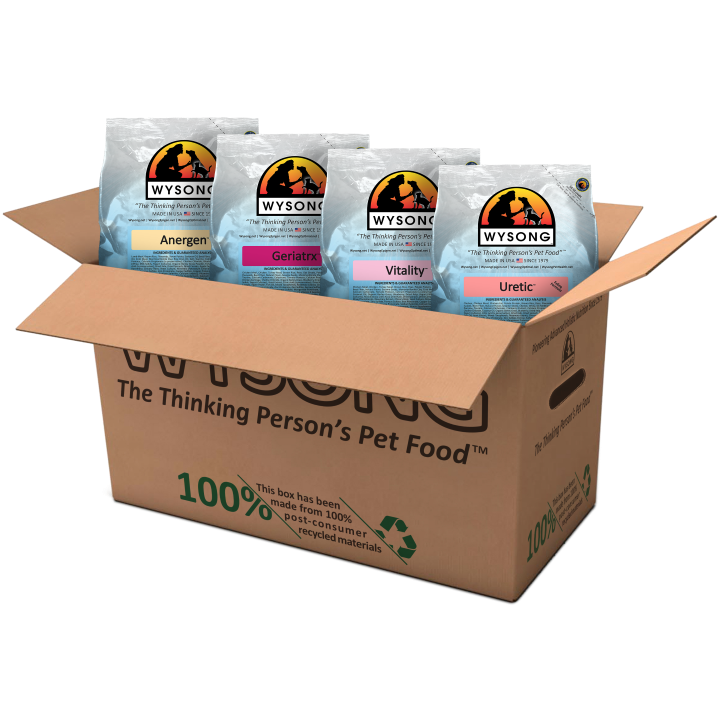
Conclusion
Tariffs on packaging can introduce complexities, but with proactive planning and strategic adjustments, their impact can be minimized. By reevaluating supply chains, optimizing packaging designs, diversifying suppliers, and leveraging technology, packaging buyers can navigate these changes effectively while maintaining operational efficiency. Taking these steps now can help businesses adapt to a changing landscape and thrive in a competitive market.
RSC boxes are known for their efficiency and versatility, but their performance ultimately comes down to strength. Buyers often see numbers like ECT, BCT, and burst strength on specifications —
In packaging, foam isn’t just about initial protection — it’s about maintaining performance over the entire shipping or storage cycle. Compression set and recovery characteristics determine whether foam continues to
Pouches are a go-to for flexibility and convenience, but they can fail in critical ways—from poor seals to punctures and delamination—that hurt performance and brand reputation. Understanding these failure points
In the retail environment, the placement of Point of Purchase (POP) displays is just as critical as their design and content. Strategic positioning can significantly influence consumer behavior, increase product
Home » How to Limit the Impact of Tariffs on Your Packaging


